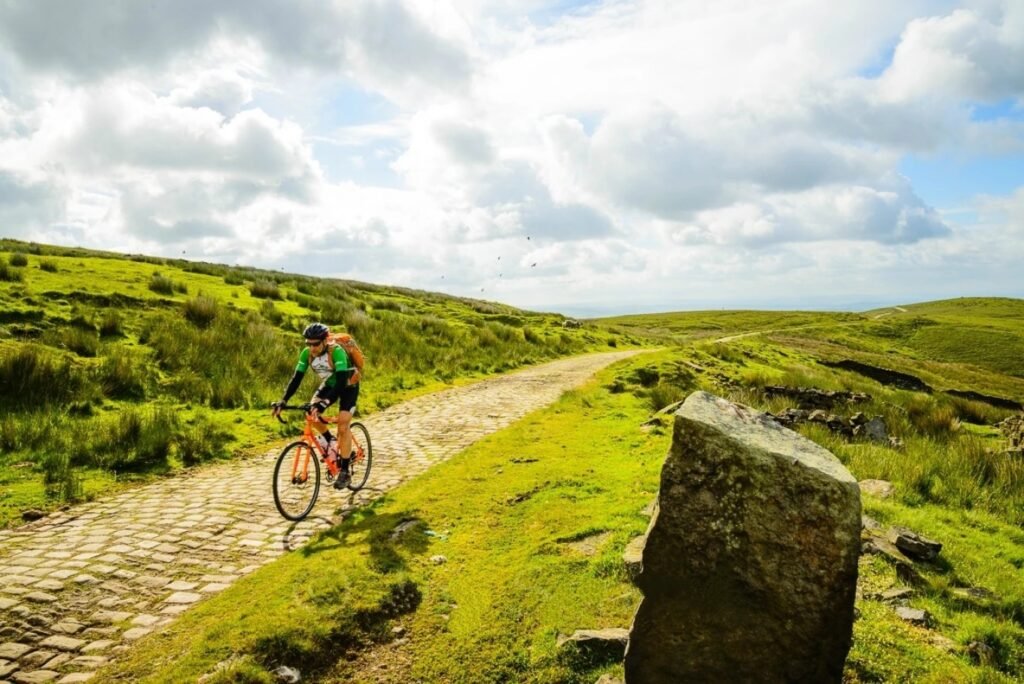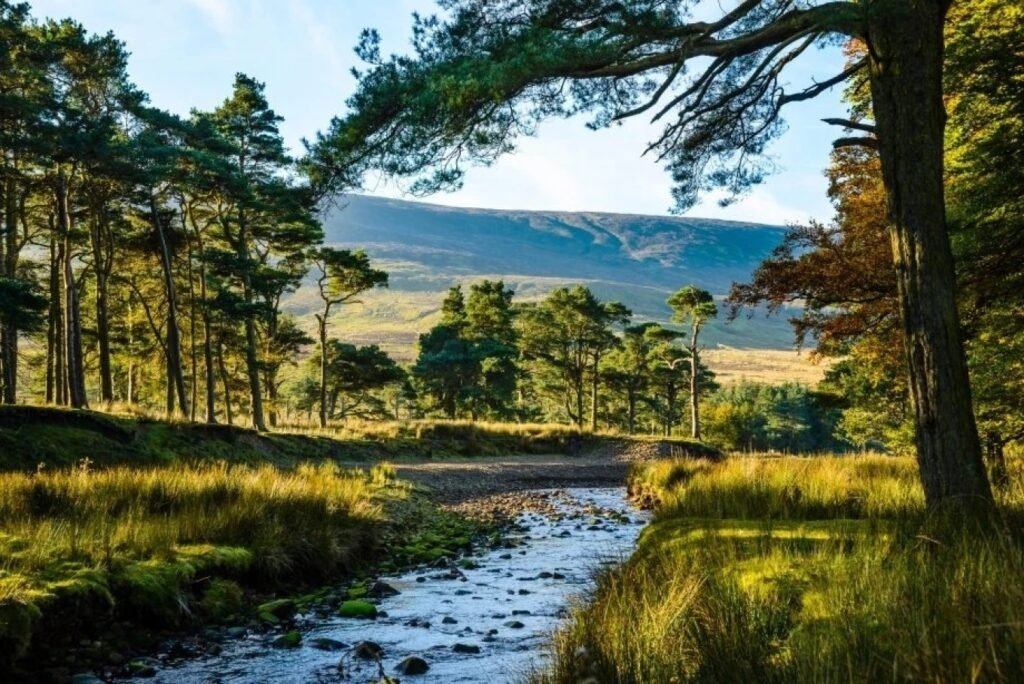York’s Shambles, officially named “Shambles,” is a historic medieval street located in the heart of York, England. Known for its unique wooden structures and closely packed low-rise buildings, some of which date back to the 14th century, Shambles is now a bustling commercial street with numerous shops, cafés, restaurants, and tourist attractions.
Shambles is considered one of the most beautiful streets in the UK, with its distinctive atmosphere drawing many visitors. Notably, it served as the inspiration for Diagon Alley in the Harry Potter films, where young wizards buy magical supplies and books. Additionally, Shambles is known as the birthplace of York’s ghost stories, adding a touch of mystery to the area.
The street’s architecture is distinctive and steeped in charm. One famous shop, known for selling small magical items, attracts a long line of people even before it opens at 9 a.m., making it a must-see!
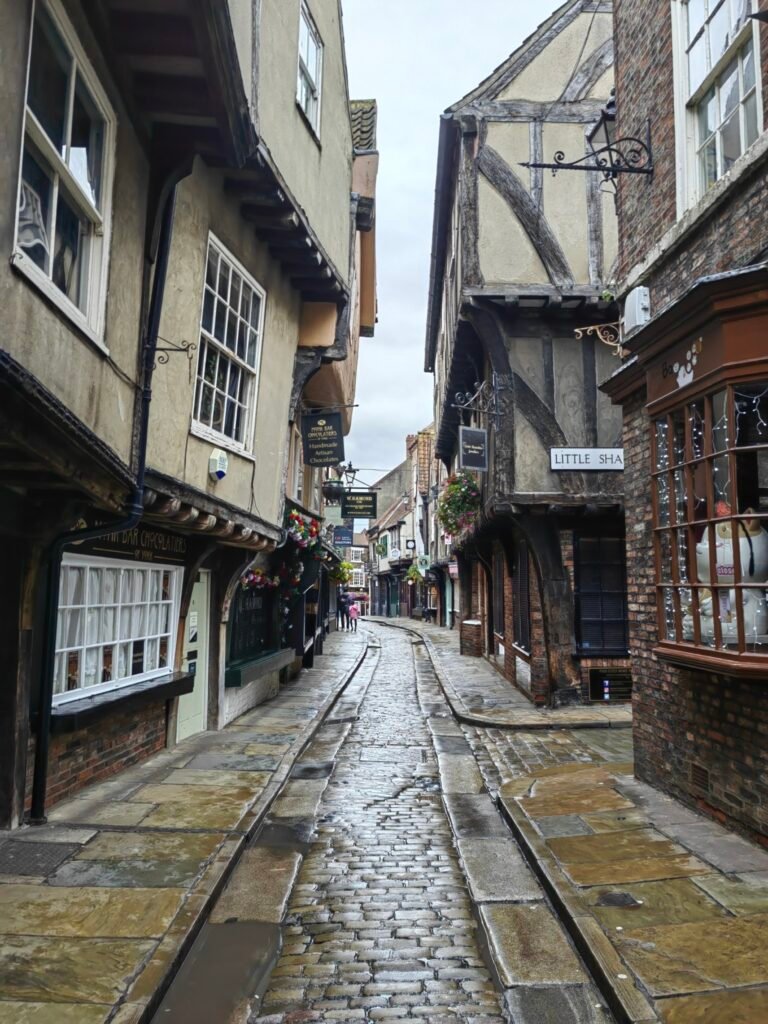
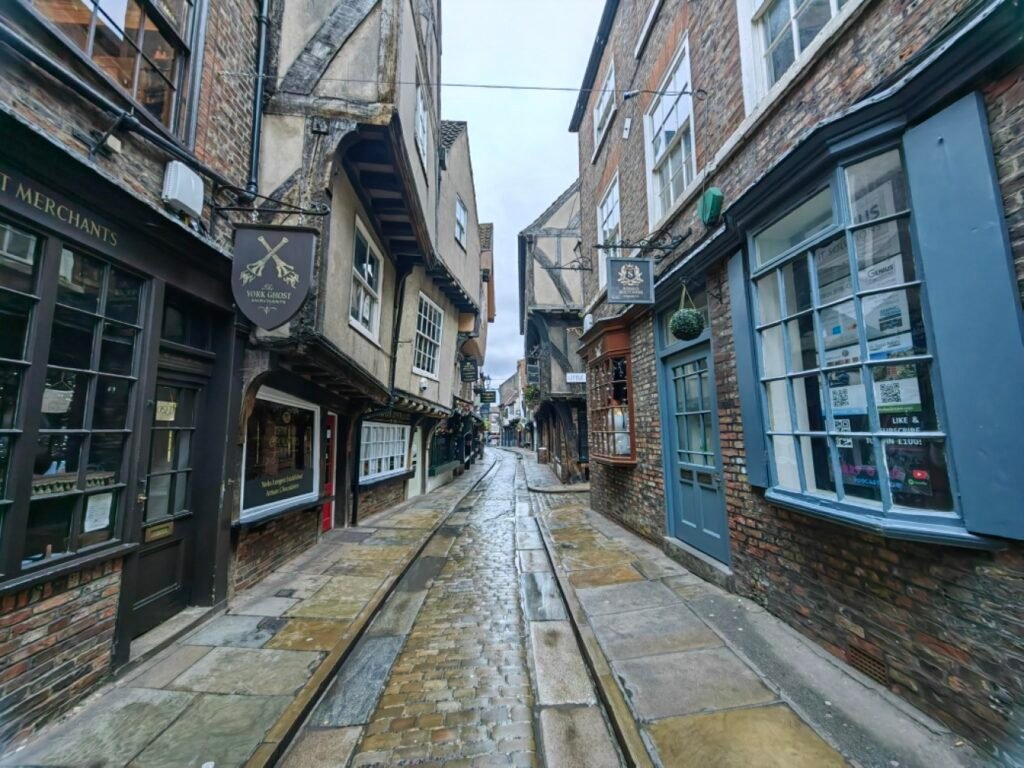
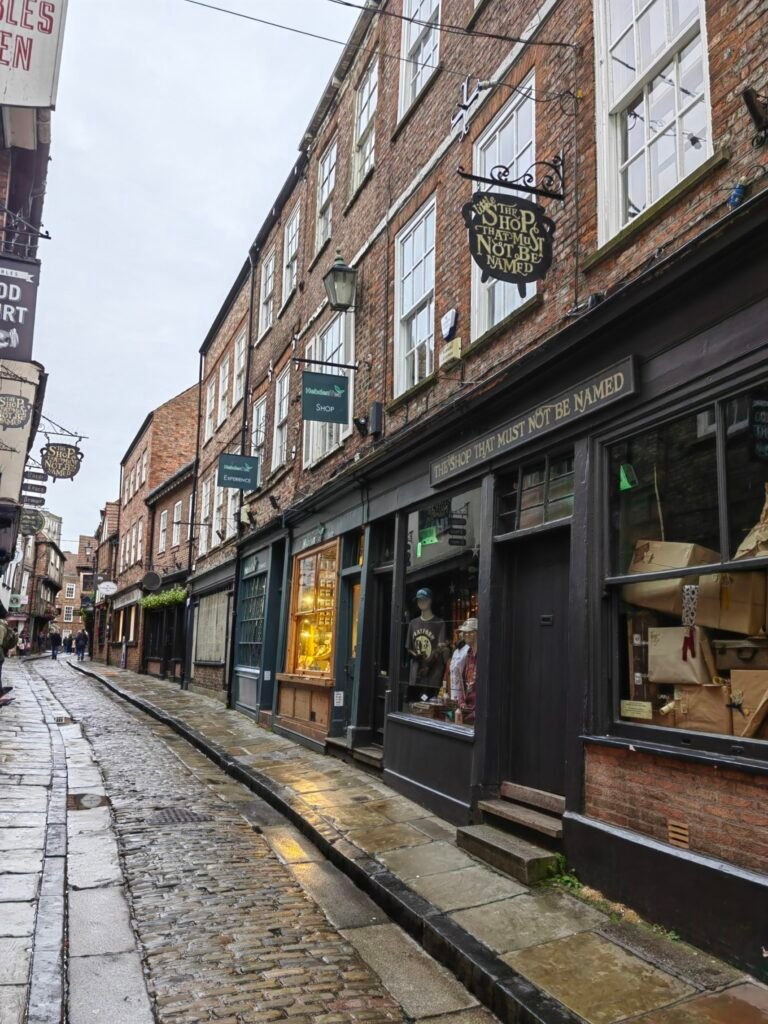



York Minster, located in York, England, is the largest medieval cathedral in England and one of the largest surviving medieval churches in Europe. Construction began in 627 AD with a wooden structure, but the cathedral has undergone several destructions and reconstructions throughout its history. In 1066, the Normans captured York and built the first Norman church in 1080, with some of its foundations and crypt still visible today.
York Minster is renowned for its grandeur and exquisite craftsmanship, standing solid and tall after centuries. The spires of the cathedral rise like swords piercing the sky, giving a profound sense of history and solemnity. The intricate carvings, in particular, are truly impressive.


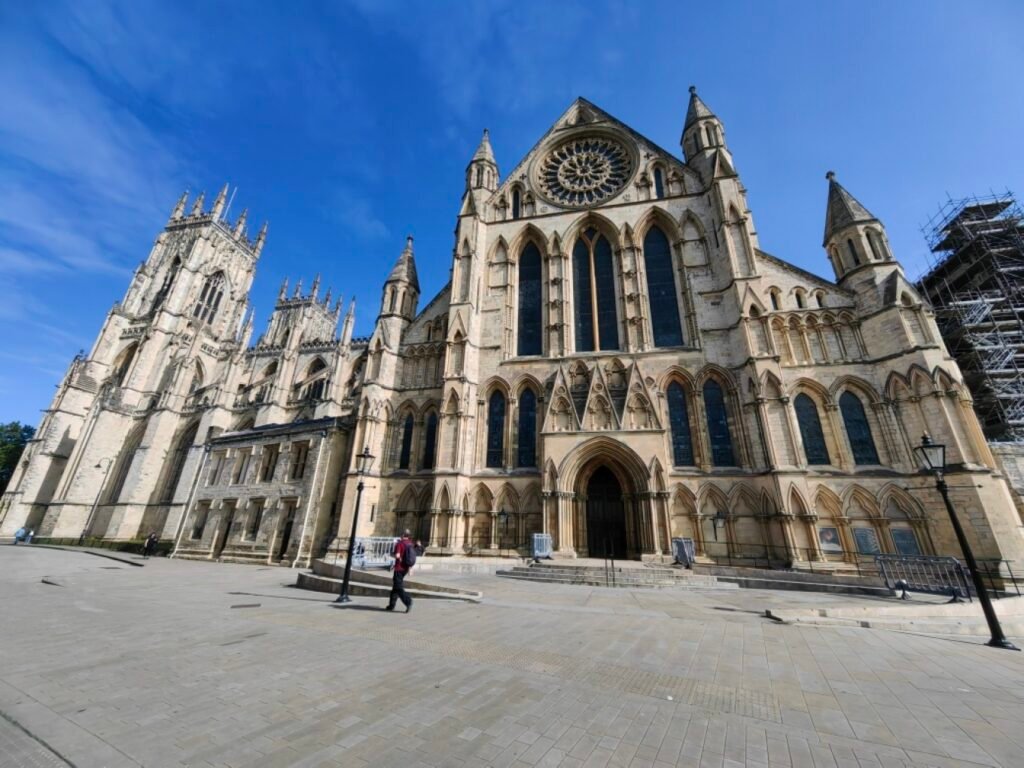
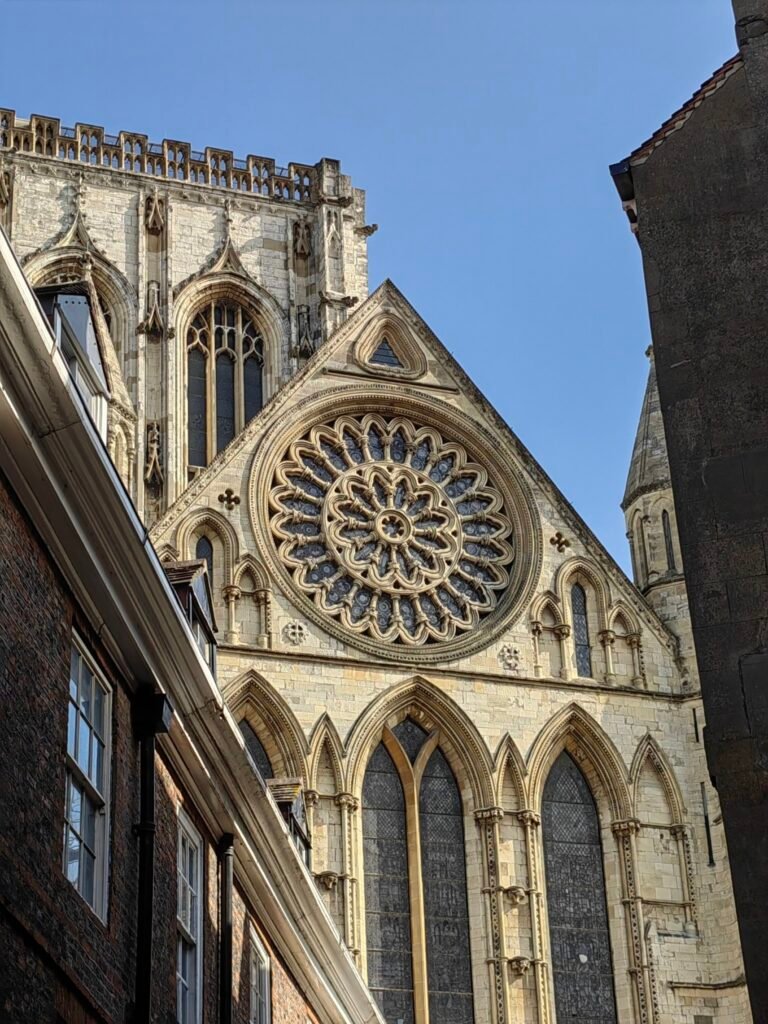


Yorkshire dales national park
The natural beauty of the United Kingdom has always been a source of inspiration for creators. Across the country, from south to north, there are 15 national parks. These National Parks are havens of “beautiful countryside scenery,” “wildlife habitats,” and “rich cultural heritage,” making them ideal destinations for relaxation and recreation—true paradises.
In addition to the well-known Peak District and Lake District, there is another famous national park nearby: the Yorkshire Dales National Park. Located in North Yorkshire, this park offers breathtaking scenery that would take four to five days to fully explore. Its rolling hills, vast grasslands, mysterious moorlands and wetlands, and deep forests have earned it the affectionate nickname “the lungs of Britain.” It is a paradise for hiking, cycling, and outdoor adventures.
The park attracts over eight million visitors annually, offering various nature shows, fresh local produce, and ample opportunities to simply stroll and reconnect with nature—providing a relaxing and refreshing experience for all.
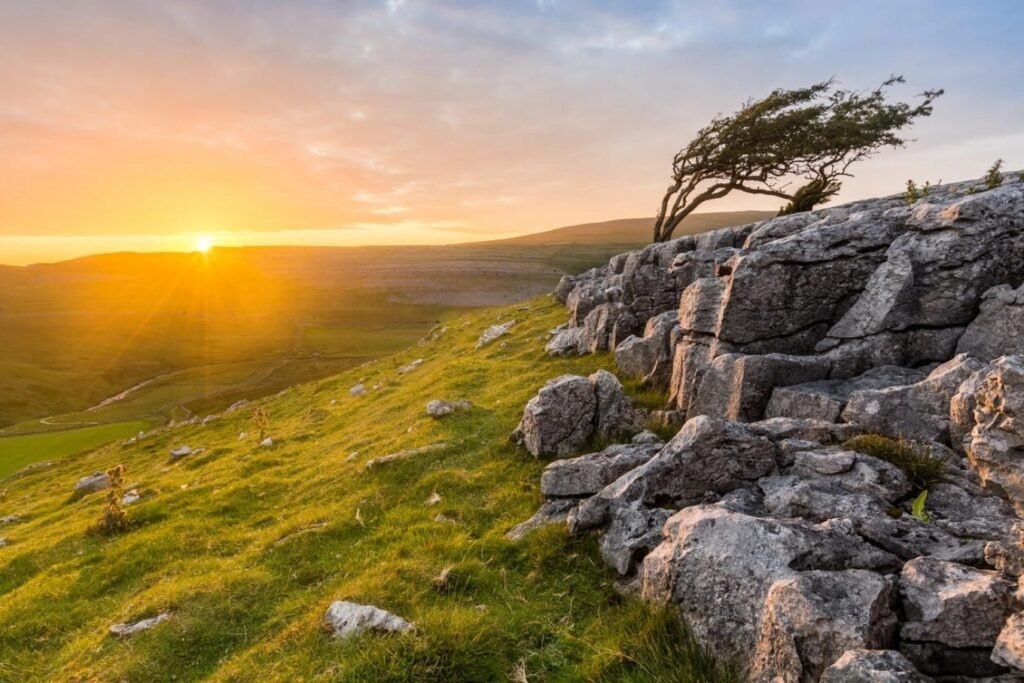
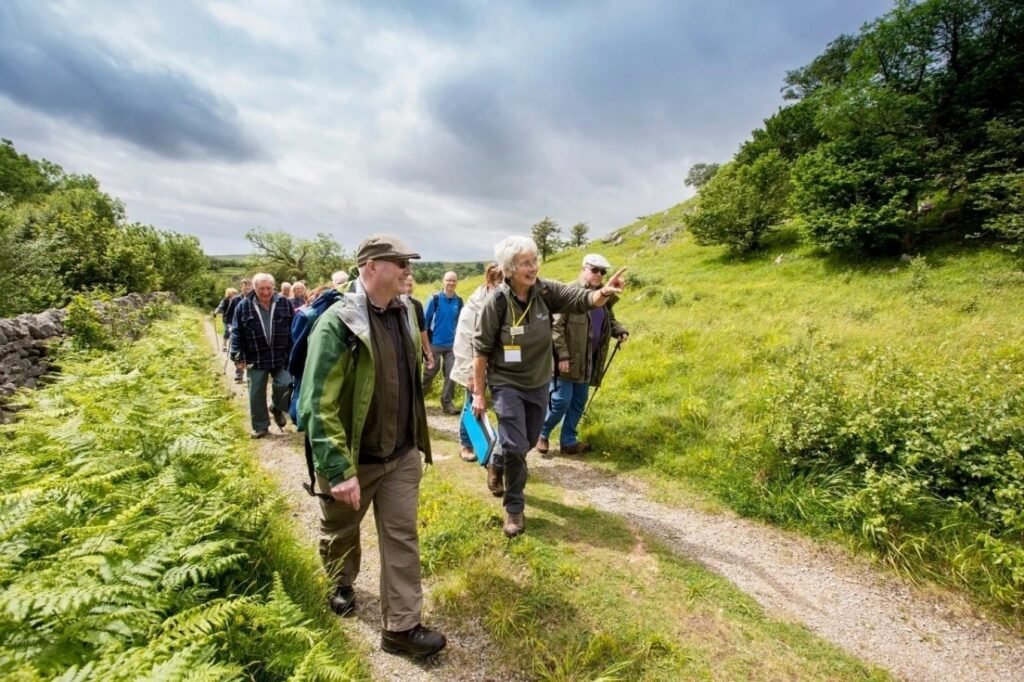
This is truly a vast park, covering 1,770 square kilometers of open land, with more than 20,000 residents living and working within it. Countless waterfalls, peaks, valleys, and caves await exploration. Sheep can be seen leisurely wandering along the paths and fields of the villages, adding to the peaceful rural scenery, where stone walls divide the fields into neat parcels.
The valleys, carved over time by fast-flowing rivers through the hills, are famous for their uniquely shaped rocks. This landscape also served as a filming location for Harry Potter and the Deathly Hallows.
Yorkshire Dales National Park is located between the city of York and the Lake District National Park. After an expansion in 2016, the park is now separated from the Lake District by just one highway. Compared to the well-known Lake District, the Yorkshire Dales is noticeably quieter, with fewer foreign tourists venturing deep into the area.
As the second-largest national park in England and Wales, Yorkshire Dales is filled with countless hidden gems. Some even refer to it as the “Tuscany of Britain.”

The Yorkshire Dales spans the Pennines, a mountainous ridge known as the “Backbone of England.” The park’s name comes from the deep valleys carved into the hills over centuries by flowing rivers. Most of the scenery is idyllic, featuring fields bordered by ancient stone walls and 630 miles (1,016 kilometers) of hedgerows.
The park also offers wild landscapes, such as waterfalls like the renowned Cauldron Falls, with cascades plunging from a height of approximately 600 feet (180 meters).


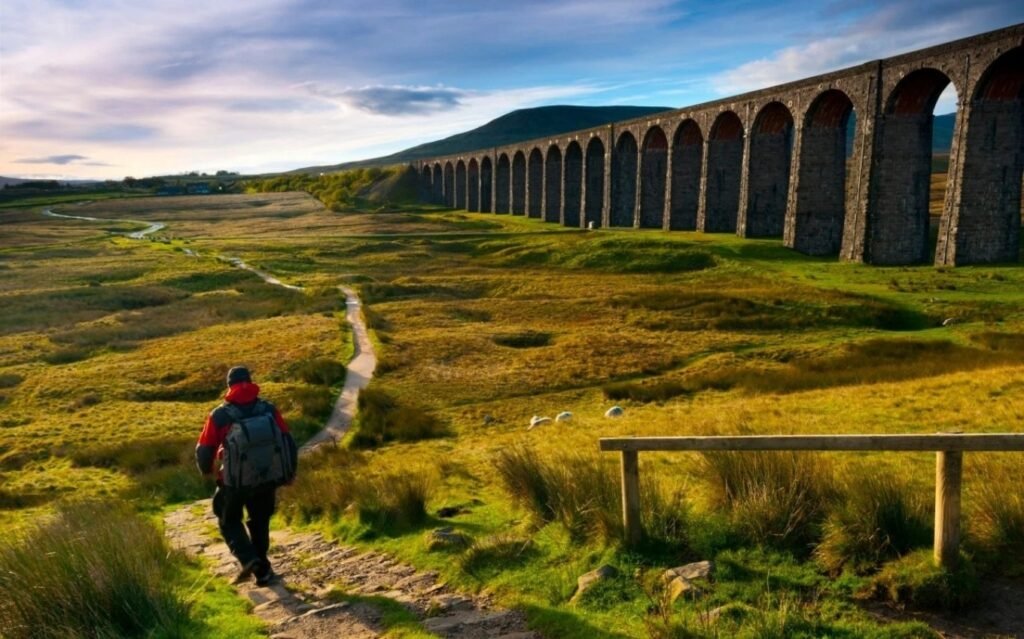
The park’s diverse habitats include flower-filled meadows, wilderness areas, moorlands, marshes, and small woodlands—remnants of the once-vast forests that dotted the Yorkshire Dales. Important bird populations thrive here, and rare plants flourish in the limestone-rich soil, with some species unique to the area. The park is also home to over 100 species of resident birds and 1,500 species of moths.
Since the arrival of the first farmers 7,000 years ago, the park has remained a fertile ground for agriculture. Scattered among the pastures are small villages, many of which have histories spanning over a thousand years. Exploring these charming villages along the narrow, winding paths through the surrounding farmlands offers a glimpse into traditional farming practices.
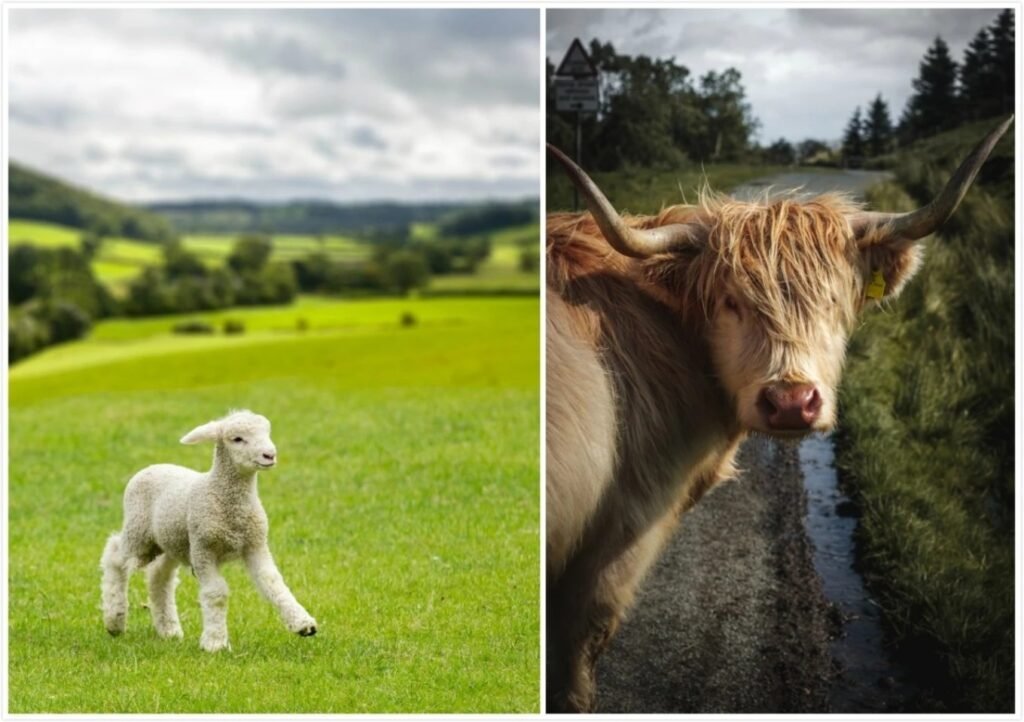
Walking the Yorkshire Dales
The Yorkshire Dales is an ideal place for walking, with over 900 miles of trails. Visitors can enjoy leisurely strolls or take on long-distance hikes along the Dales Way or Pennine Way—either with their own gear or by using luggage transport services. The park authority offers a range of themed routes, and cycling or long treks on ponies are also popular activities.
In the morning, we gathered to head to the Yorkshire Dales National Park. Our driver took us to Settle, a charming English town where our journey began. After getting off the bus, we took some time to explore Settle, buying water and snacks for the hike. From there, we set off on foot towards Attermire Scar. This classic hiking route is about 6 kilometers long and takes approximately an hour and a half to complete at a brisk pace.


Along the way, we passed Victoria Cave, which was accidentally discovered in 1837 and has since been fully excavated. Within the cave’s thick clay deposits, some layers date back 130,000 years to the Pleistocene Ice Age. Scientists have uncovered remarkable records of the Dales’ climatic changes over thousands of years. Excavations and explorations here may also reveal evidence of the earliest humans and extinct animals.
